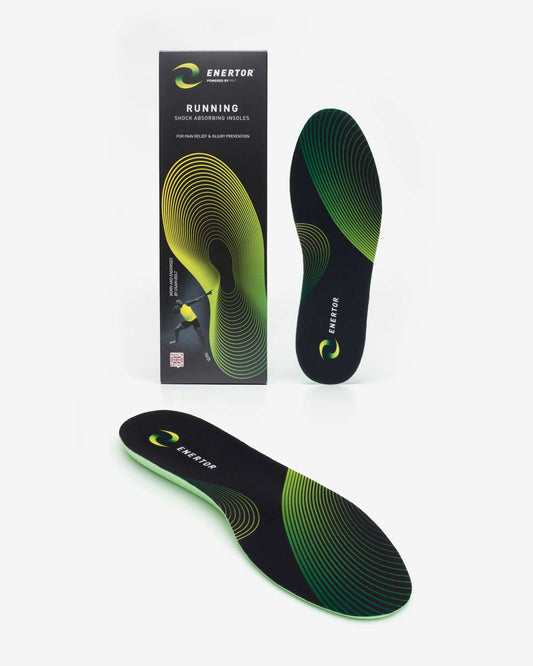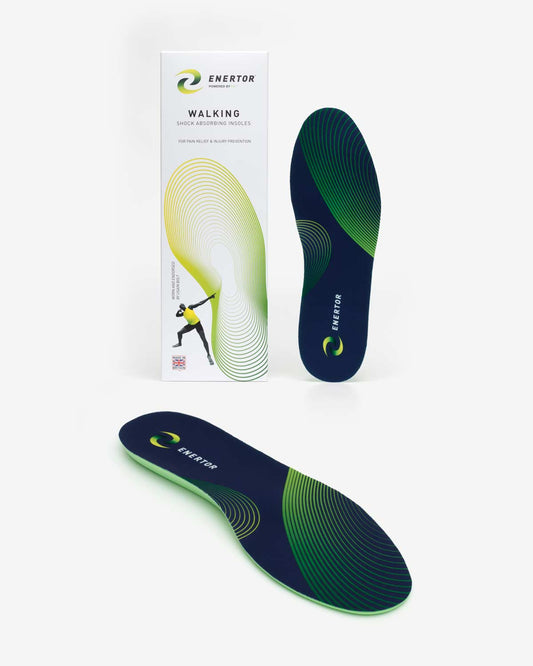Bunions or Hallux Valgus
Bunions form slowly over time and are more annoying than painful but they can start to hurt and lead to several complications over time. Hallux valgus causes a bunion and looks like a bump. Hallux rigidus with a bunion, which affects the same joint, but they are very different conditions. Because hallux rigidus is a progressive condition, the toe's motion decreases as time goes on. Hallux rigidus is the second most common disorder of the big toe, after hallux valgus (bunions). Hallux rigidus occurs in adolescents and bunions are bony lumps that form on the side of the feet.
Multicolumn
Symptoms of bunions
The main symptoms of bunions include:
- A bulging bump on the outside of the base of your big toe.
- Possible swelling, redness or soreness around the big toe joint.
- A corn or calluses may develop where the first and second toes rub against each other.
What causes bunions?
- Years of misalignment and pressure on the joint forces the big toe to bend toward the other toes which causes an often-painful bunion on the joint.
- Wearing shoes with a narrow, pointed toe box that forces the toes into an unnatural position or flip-flops can exacerbate bunions.
- Some people inherit feet that are more likely to develop bunions due to their shape and structure
- Untreated bunions can lead to further problems, such as arthritis in the joint of the big toe.
- The big toe can also cause deformity of the second toe, by pushing it out of place.
Treatment and prevention of bunions
- Surgery is the only way to get rid of them but there are things you can do to ease any pain they cause.
- Soak your feet in warm water with Epsom salt to reduce inflammation.
- Wear wide shoes with a low heel with Enertor PX1 insoles as these insoles will reduce the pressure when you walk.
- Take paracetamol or ibuprofen for the pain for a short time.
- If your foot is over pronating (rolling inwards) excessively you may need to seek medical help.
- As a prevention try to lose weight and keep an eye on the shape of your feet as they develop, especially if bunions run in your family.
- A good exercise to do is picking up small objects, like a pencil or towel with your toes.
- Wear shoes at all times and ones that fit properly ideally with a good shock absorbing insole inside the shoe.
Insoles that work
-

Running insoles
Running & high impact sports
-

Walking insoles
Walking, hiking & daily use




